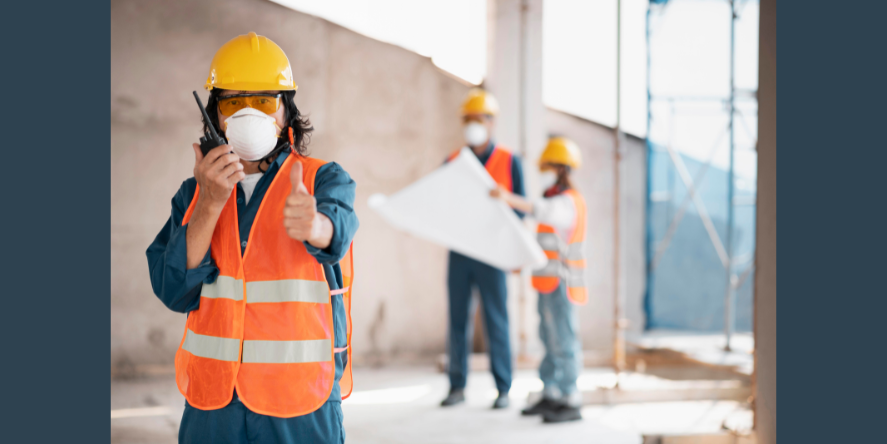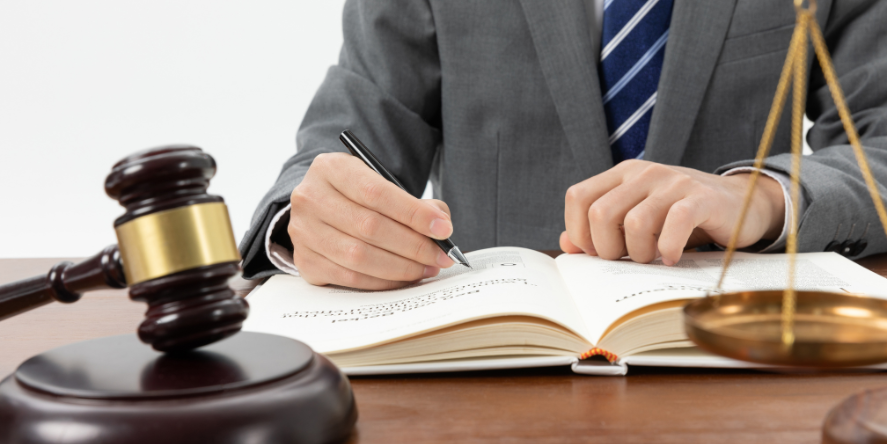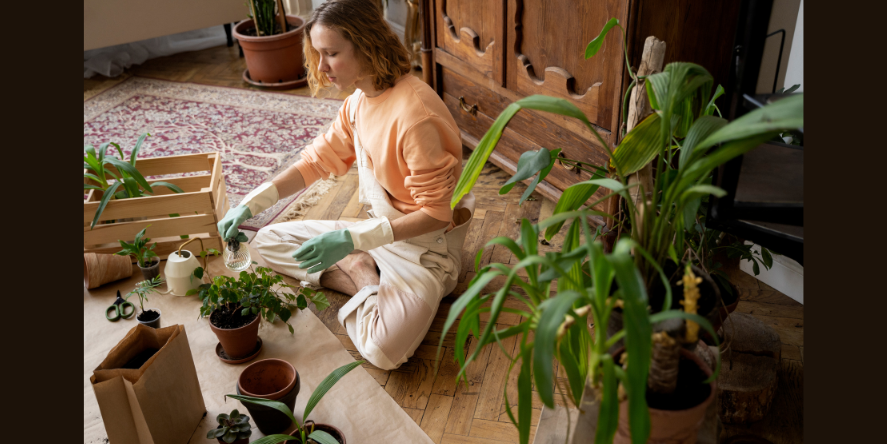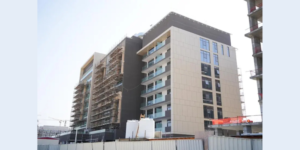Running an effective business in the construction industry means taking safety seriously. Along with agriculture and forestry, construction remains among the most dangerous industries in the UK, with more than twice as many fatalities as any other industry.
By anticipating potential dangers, you can avoid them. This will not only lessen the burden of absenteeism, but also boost morale, and reduce your exposure to legal problems. So, what’s the right way to approach health and safety in construction?
Comprehensive Safety Training
The most important and powerful piece of safety equipment on any construction site is the human brain. This complex piece of biological machinery is able to identify sources of danger before they have a chance to cause damage.
But the brain can only do this if it’s provided with the right knowledge. This is why training in health and safety is paramount. Workers need to be able to develop the right habits and practices.
Training should be provided as part of an onboarding process for new workers, and as small, regular refresher sessions for existing ones. You might also elect to offer training when new threats, or widespread failures, are identified.
Enforcement of PPE
Personal protective equipment should be mandatory for everyone. If workers are free to avoid it, they might feel under pressure to do so. PPE on a construction site means ear defenders, high-visibility clothing, hard hats, and safety glasses. Site work boots are also essential, since slips and falls account for a sizeable number of workplace accidents in this industry.
Regular Safety Inspections
The site and equipment should be regularly inspected and audited. This way, potential hazards can be spotted early on. Things like scaffolding and electrical wiring should be of particular concern, as failure here can result in disaster. Inspections should be logged — this will help you to avoid problems later on.
Fall Prevention Measures
Working at height means managing a heightened risk. These risks can be mitigated with guardrails, harnesses, and other fall prevention measures. As we’ve mentioned, these items are only effective when they’re maintained and tested properly — and regularly.
Emergency Response Planning
When disaster strikes, what are you and your workers going to do? To answer this question well requires forethought and planning. You don’t want to be thinking about it for the first time as an emergency situation is unfolding. Develop a clear and effective plan for dealing with various medical emergencies, fires, and other disasters. Then, communicate this plan to your workers.
In fact, you might also involve your workers in your safety planning. They might have valuable insights that account for factors on the ground that might be unseen by those higher up in the company.
Blog received on mail




















